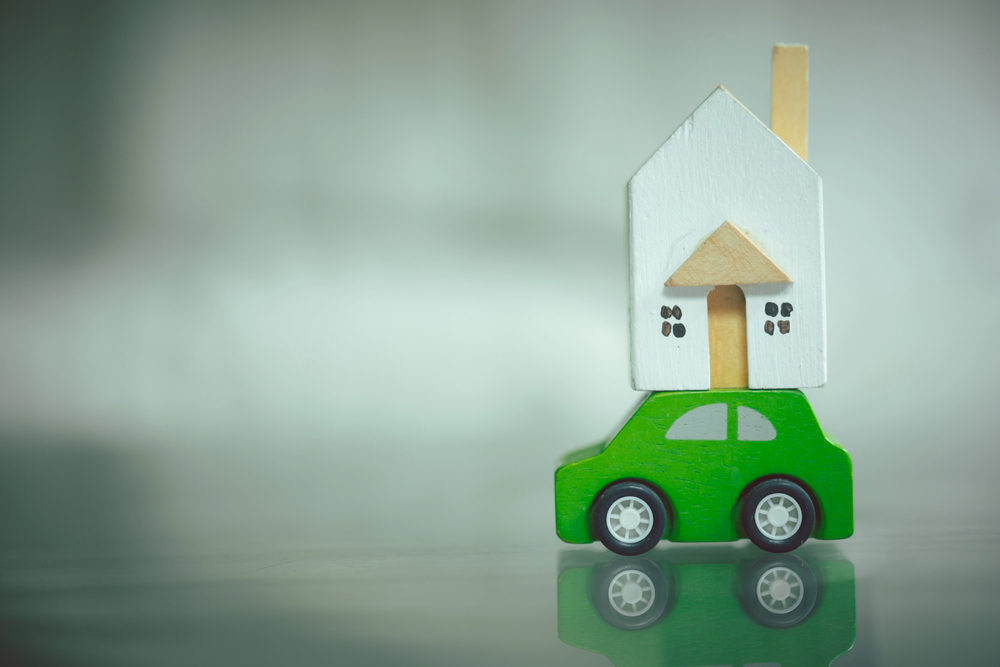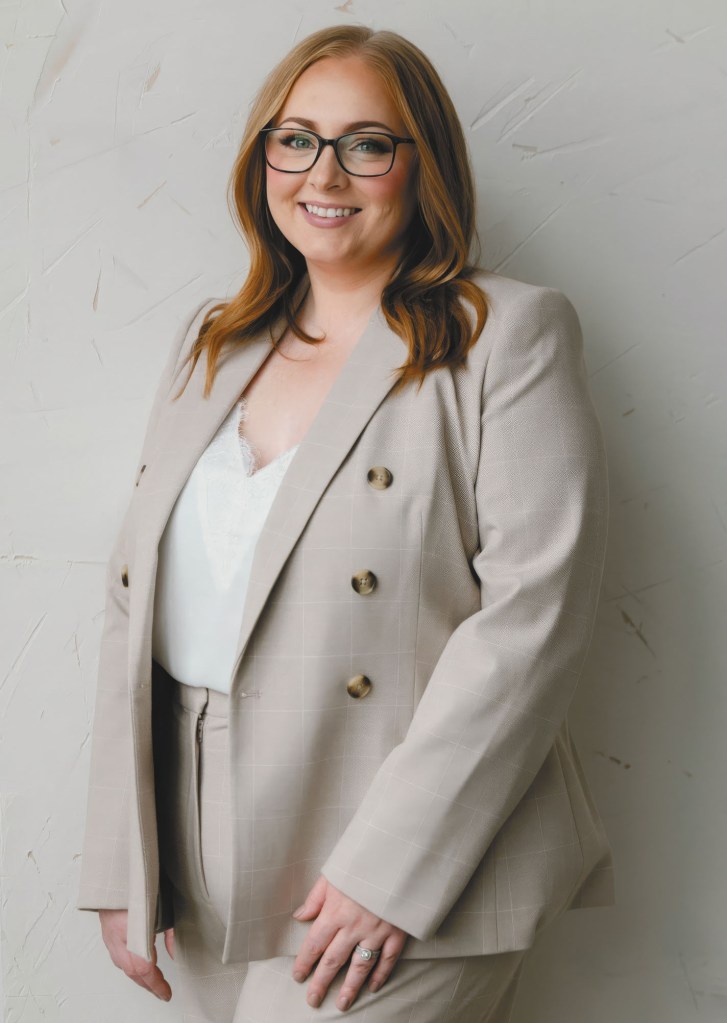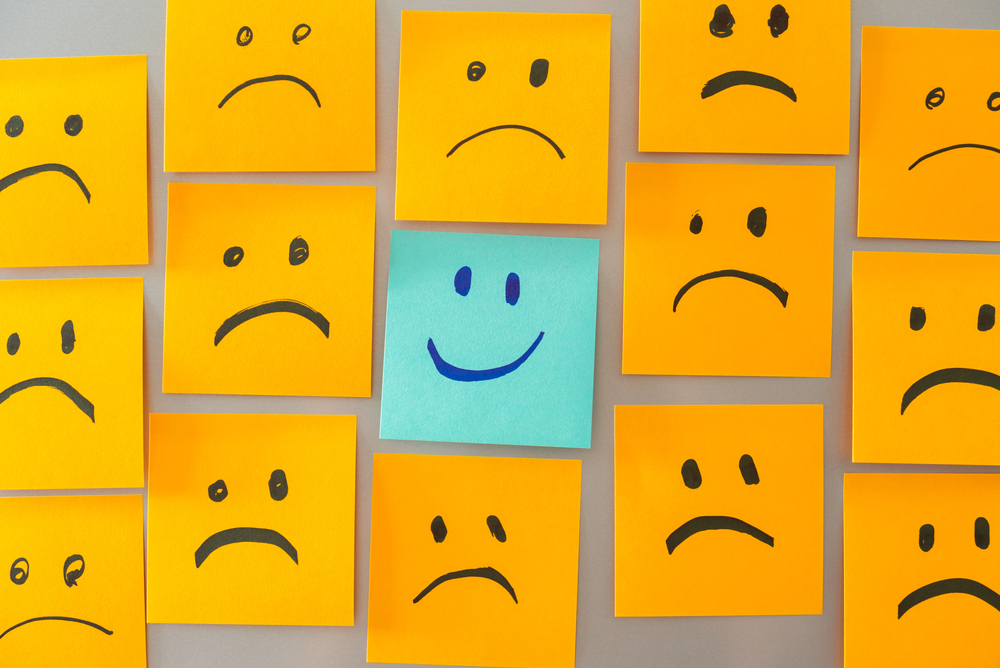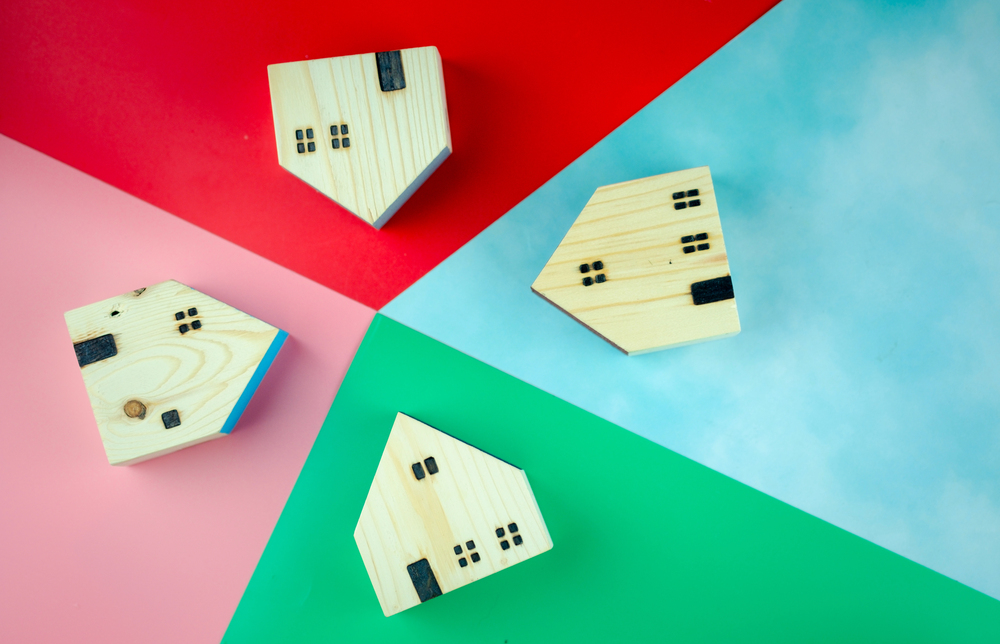How Agents Can Help Clients Mitigate Wildfire Risk
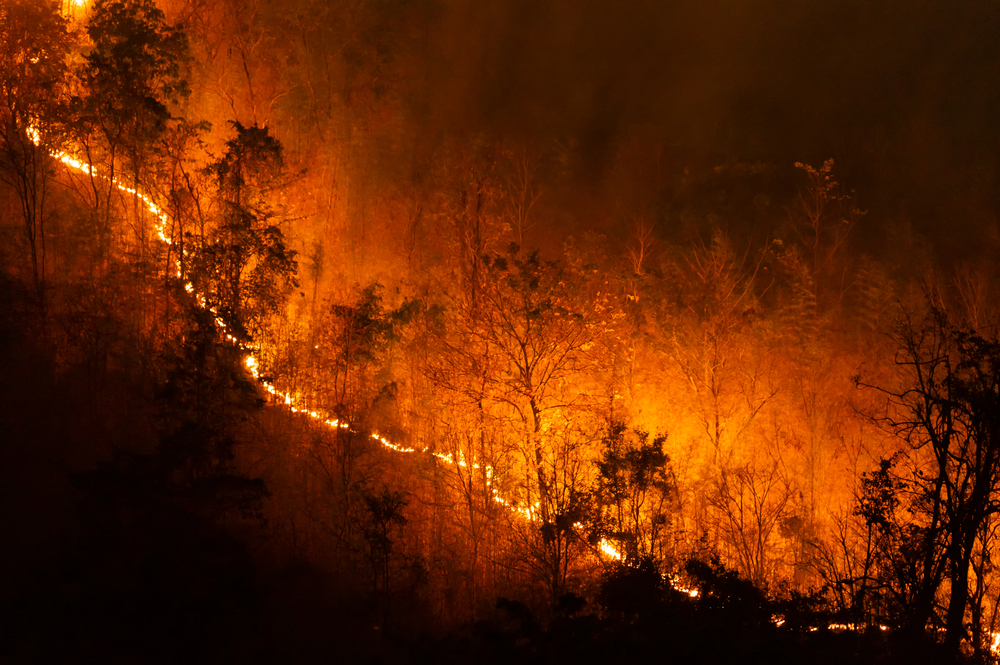
By: Saumi Shokraee
Every year, wildfires burn millions of acres and damage thousands of properties throughout the nation. As the U.S. population continues to increase and residential developments continue to extend farther away from metropolitan centers, more homes and businesses face the threat of catastrophic wildfires.
2020 is on track to be one of the most destructive years of wildfire in recent history in terms of number of acres burned. Wildfires will continue to threaten homeownership and endanger peoples’ physical and financial livelihoods for the foreseeable future. Development into wildfire-prone land only amplifies the climatological and terrain-related risk factors that already exist.
As if catastrophic wildfires were not enough, the COVID-19 pandemic continues to sweep the globe, causing new roadblocks and challenges in all facets of life—wildfire preparation and response included. The virus has added a new layer of difficulty for both the property owners impacted by wildfire and the responders who risk their lives to protect them.
This year’s annual CoreLogic Wildfire Risk Report expands upon how operations in catastrophe response and risk mitigation may be altered as a result of the pandemic.
For independent agents, understanding the risks at a granular level is paramount to adequately protecting homeowners and supporting them at the first notice of loss. For homeowners, it is critical to work hand-in-hand with insurers to understand the financial implications of a given degree of risk and exposure. Homes, businesses, and families can be kept safe when communities and insurers work together to take steps towards mitigating risk.
Independent agents should take into account some of the following factors to help their clients navigate wildfire risk mitigation during the COVID-19 era.
Fire Mitigation
Wildfire mitigation focuses on reducing the opportunity for fire to ignite a structure by taking steps such as reducing flammable foliage near the structure, making sure there are no gaps under or beneath the roof, and ensuring that the structure is composed of fire-resistant material.
Anyone who lives in or is planning to move to an area where wildfire risk is elevated should consider adopting as much mitigation as they can feasibly afford. Consultation with the local fire chief or community wildfire experts is a critical first step towards understanding what can and should be done to reduce risk.
Moreover, COVID-19 has created a shortage of contractors who conduct necessary structure and landscape mitigation, leaving high-risk areas more vulnerable to wildfire damage.
For a more comprehensive view of mitigation and wildfire risk, the Insurance Institute for Business and Home Safety provides resources that explain various mitigation steps. By incorporating multiple mitigation methods and encouraging community participation, a structure can become less susceptible to wildfire damage and destruction.
Underinsurance
In the aftermath of 2017’s devastating Tubbs Fire, many residents discovered their homes were underinsured by hundreds of thousands of dollars, leaving them without enough coverage to rebuild. This can happen when insurers base their coverage on replacement cost rather than reconstruction cost.
It is recommended for homeowners and insurers to regularly reevaluate the reconstruction cost value (RCV) of a home to prevent underinsurance, as material and labor costs for reconstruction are always changing. Without enough coverage, homeowners often walk away from their mortgages, creating spikes in delinquency. After the Tubbs Fire in Sonoma County, the delinquency rate in the county reached 50%.
Evacuation, Response and Recovery
To prevent the spread of COVID-19 during evacuation, many evacuation centers may need to limit their building capacity to ensure social distancing is maintained. Increasing unemployment rates and an economic downturn could result in a greater number of evacuees who are unable to afford their own shelter, placing additional strain on public resources.
Without fully operating hotels and restaurants, claims and recovery activities could become especially challenging, making it more difficult for displaced people to get back on their feet. With hospitals and first responders stretched thin, affected homeowners may encounter delays in wildfire relief and response.
With the full impact of COVID-19 still unknown, there may also be disruptions to the supply chain for raw materials, manufacturing and transportation, creating new hurdles for post-disaster repair and rebuild efforts. Insurers may encounter an influx of claims with fewer adjusters to review the damages. It is important to make sure affected homeowners clients know it often takes years for an area to rebuild after wildfire.
To learn more about how agents can help clients mitigate risk amid the 2020 wildfire season, check out the CoreLogic 2020 Wildfire Risk Report.
Saumi Shokraee holds the title of professional, research & content strategy at CoreLogic. He is primarily focused on researching, analyzing and communicating trends in natural catastrophe and construction as they relate to the real estate and insurance industries.





